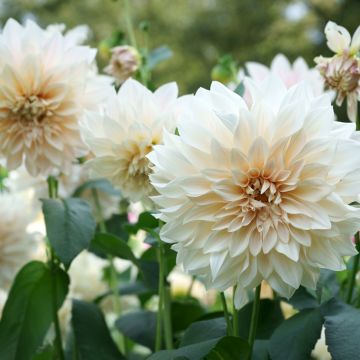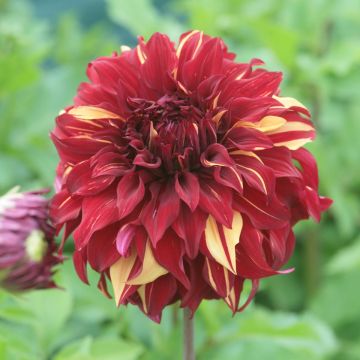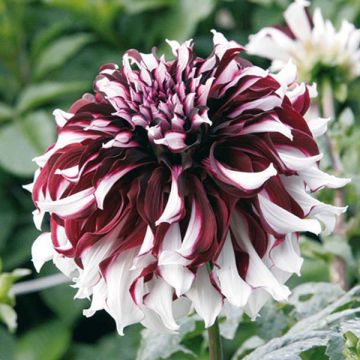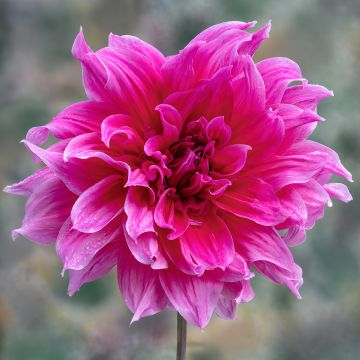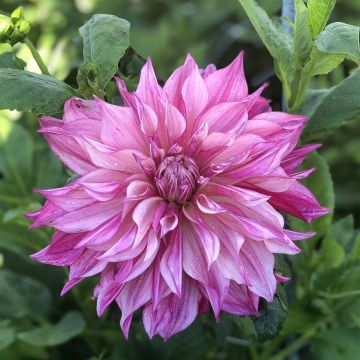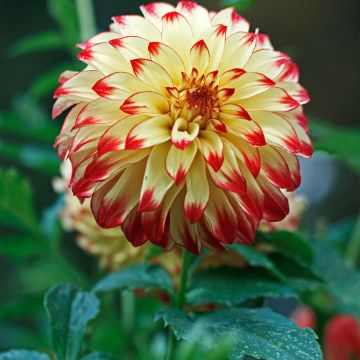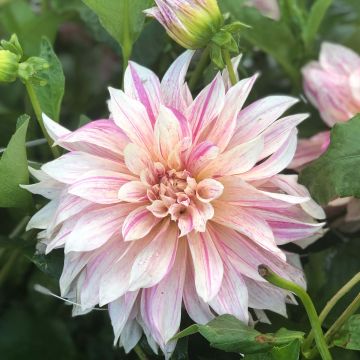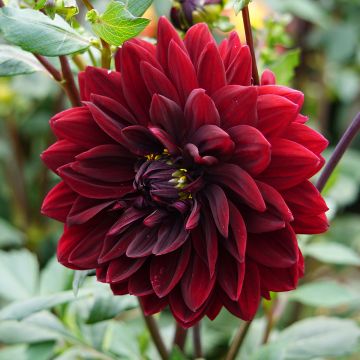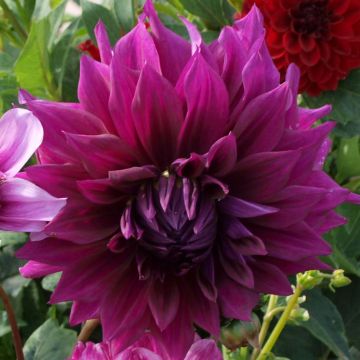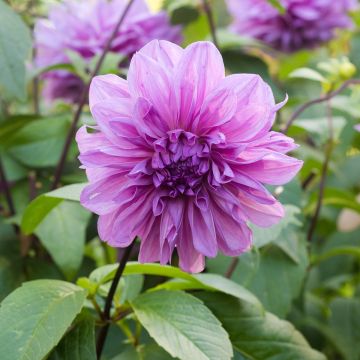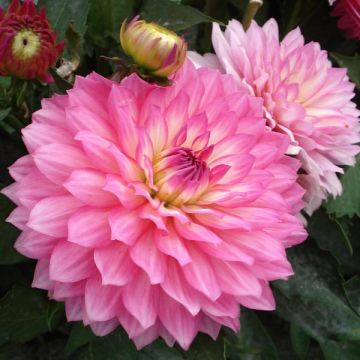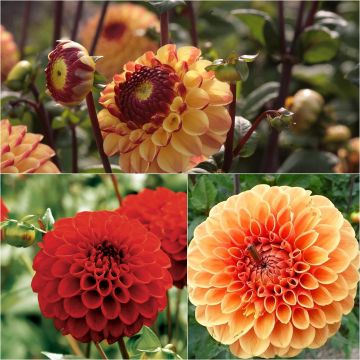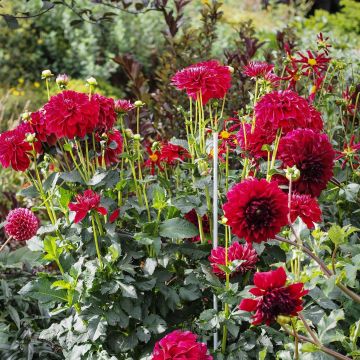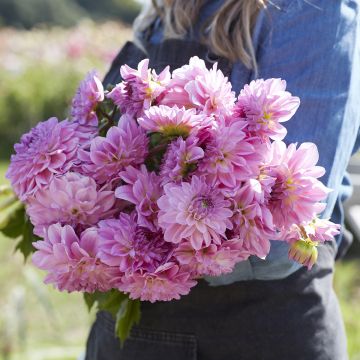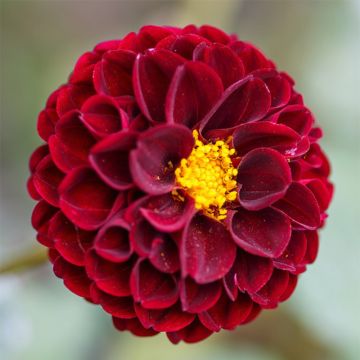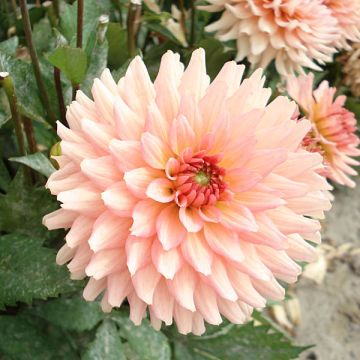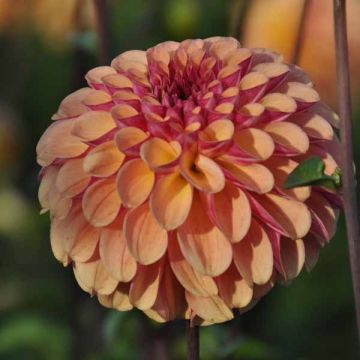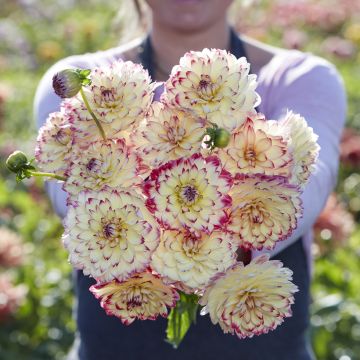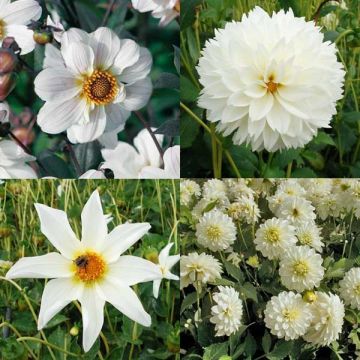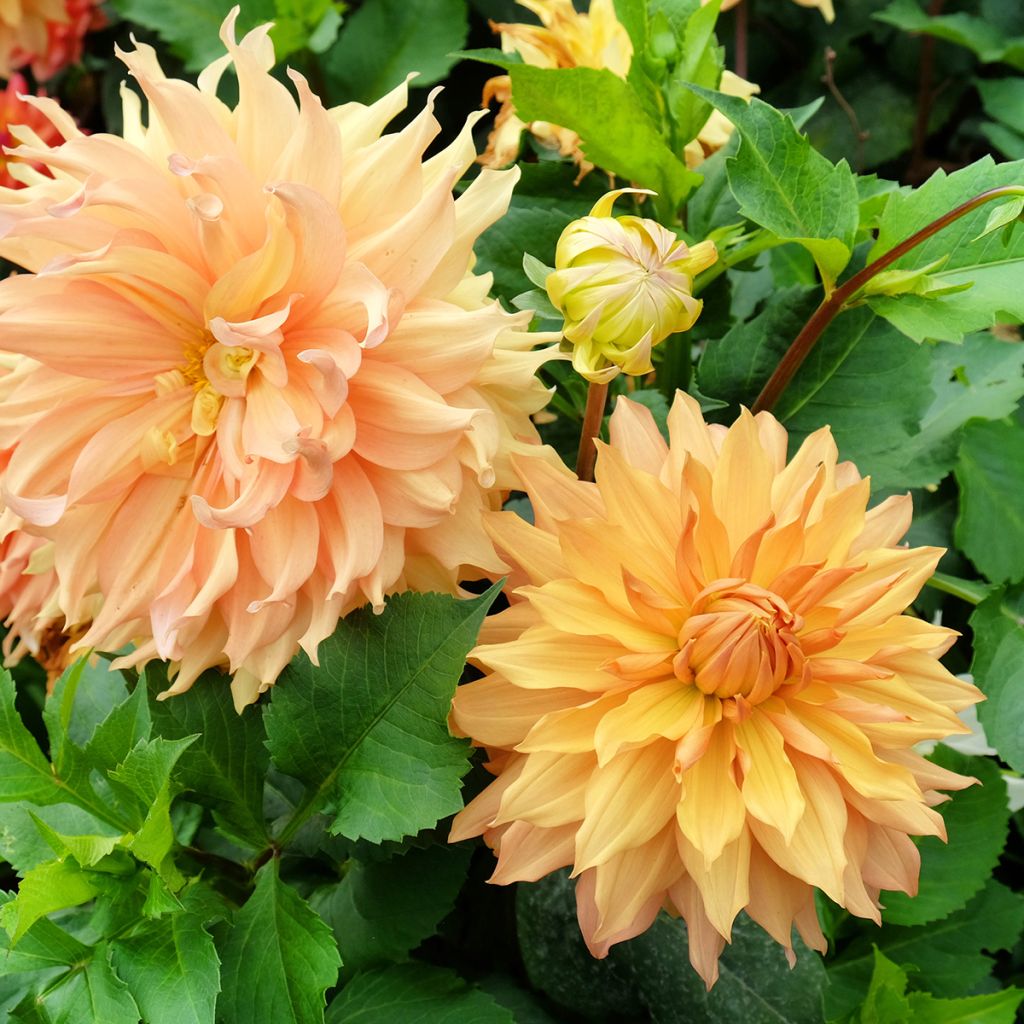

Dahlia Hamari Gold
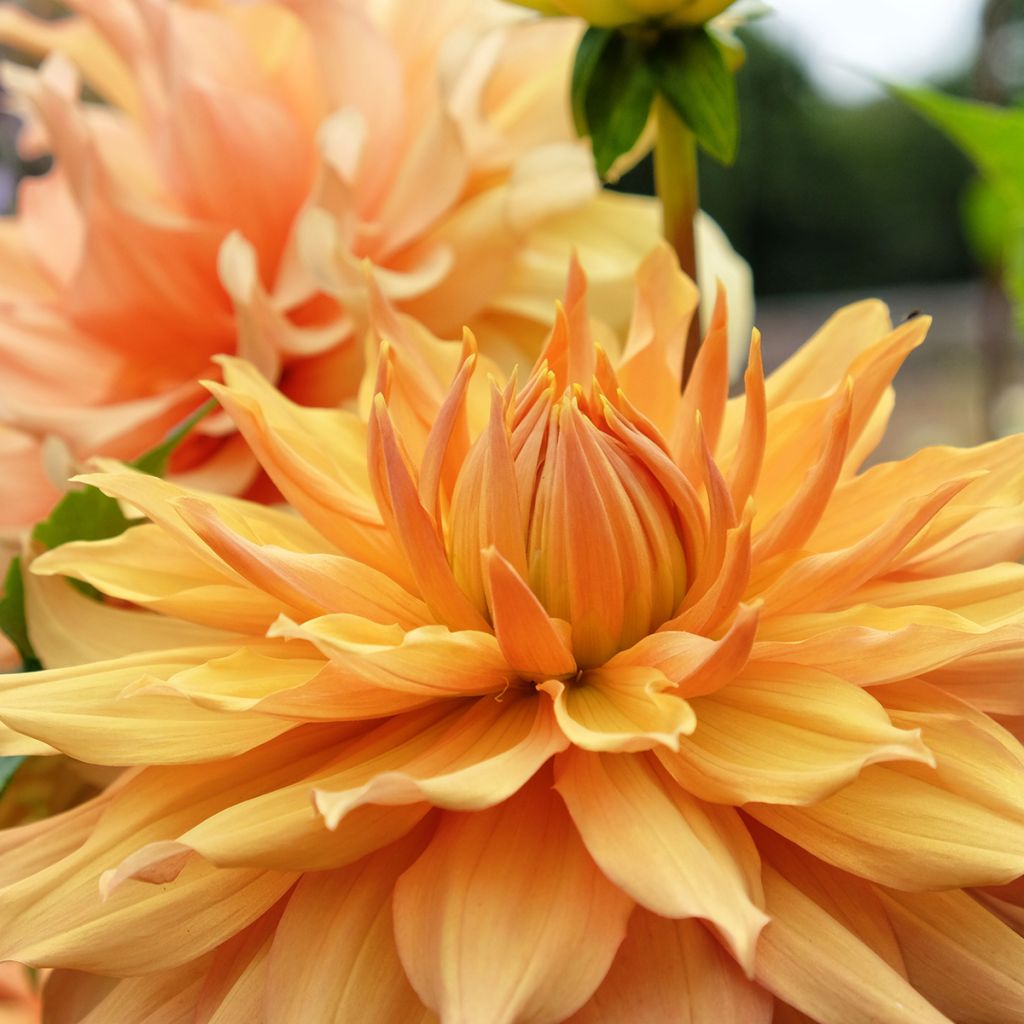

Dahlia Hamari Gold
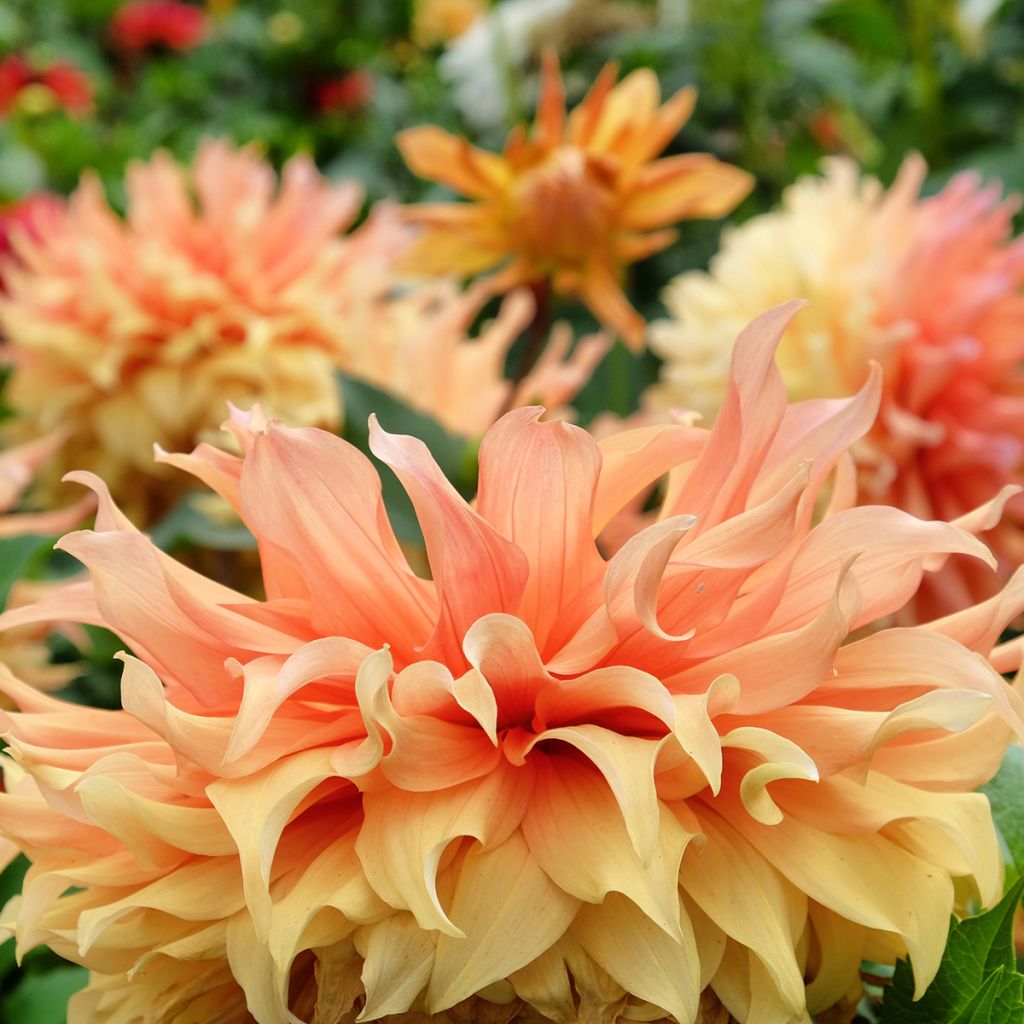

Dahlia Hamari Gold
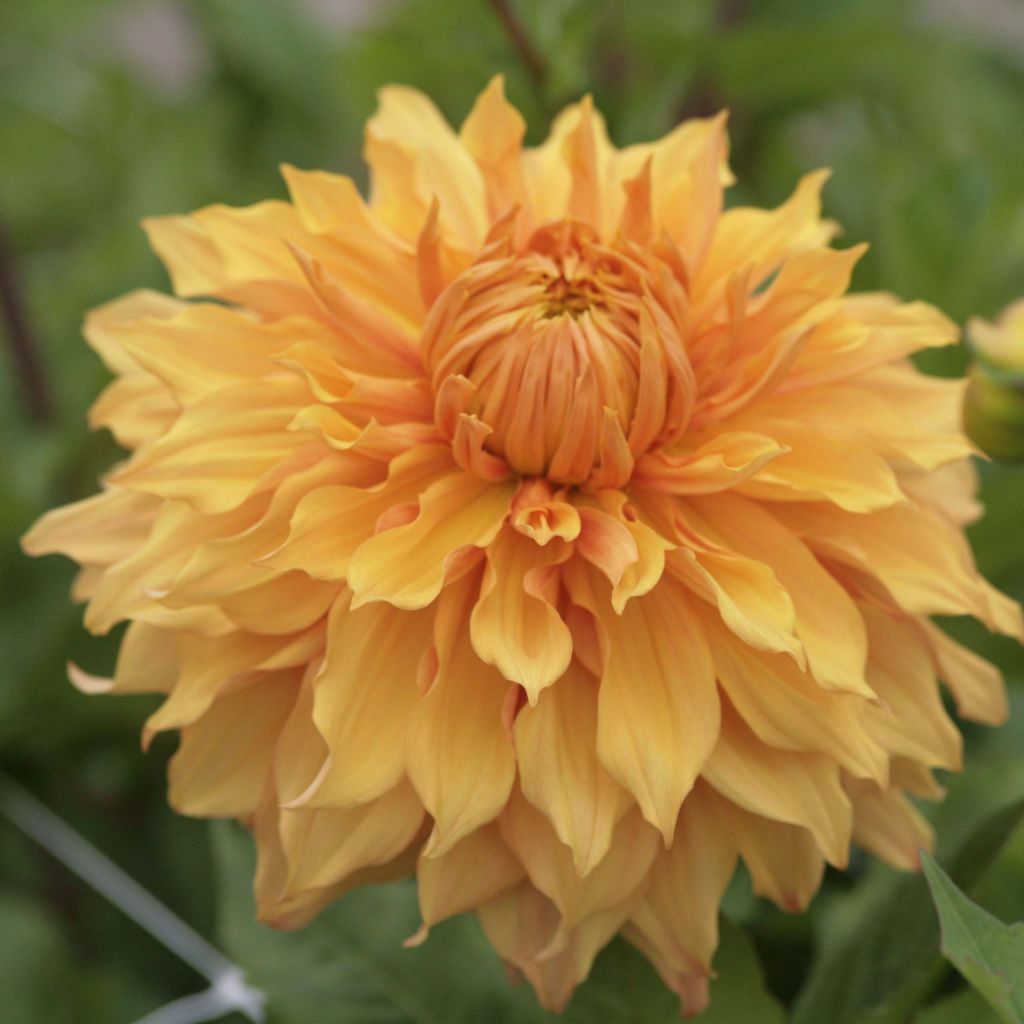

Dahlia Hamari Gold
Dahlia Hamari Gold
Dahlia Hamari Gold
Dahlia
Very beautiful, very bright, each flower is different, lovely gradient of orange.
Béatrice, 13/08/2022
This item cannot be shipped to the selected country
Delivery charge from €5.90
More information
Schedule delivery date,
and select date in basket
This plant carries a 6 months recovery warranty
More information
We guarantee the quality of our plants for a full growing cycle, and will replace at our expense any plant that fails to recover under normal climatic and planting conditions.
From €5.90 for pickup delivery and €6.90 for home delivery
Express home delivery from €8.90.

Does this plant fit my garden?
Set up your Plantfit profile →
Description
The Dahlia Hamari Gold does not go unnoticed, adorned with giant and very double flowers, whose tapered petals display a beautiful gradient of warm tones ranging from yellow to orange, coppery bronze and gold. They bloom for several weeks from summer until the first frost, at the top of sturdy and robust stems. This sunny variety pairs particularly well with red, white, and orange blooms.
Dahlias belong to the aster family and are originally native to the high plateaus of Mexico. At present, the approximately 25,000 horticultural varieties created by humans have invaded gardens worldwide, much to our delight. The 'Hamari Gold' variety, introduced to the market in 1984, has received the highest accolade in England. The plant will reach approximately 75 cm (30in) in height and 50-60 cm (20-24in) in width. It is classified as a giant decorative dahlia; this is a horticultural category defined by the flower's shape. In this group, the coloured ligules of the head are arranged regularly in a spiral, and they can be curved towards the stem or fringed, for example. The flowering of this variety begins in July and ends in October. The heads measure up to 25 cm (10in) in diameter, with slightly curled and tapered ligules. Their colour evolves throughout the day, passing through various shades of yellow and orange. The habit is bushy and upright, and the highly branched stems are hollow. Its leaves are opposite, pinnately divided into 3 or 5 toothed lobes. The leaves and stems are a medium green colour, which complements the flowers nicely.
To extend the flowering period and promote new blooms, take care to remove faded flowers. Better yet, regularly cut them to create attractive colourful bouquets by combining several varieties.
'Hamari Gold' easily pairs with all types of blooms, especially those of Tithonias, Anchusa, perennial Delphiniums, and scarlet salvias. In a flower bed, it will perfectly complement Echinaceas, Sunflowers, and Cleomes, for example. Also, combine it with red dahlias Tartan and Sam Hopkins for a vibrant flower bed. It will also be enhanced by a carpet of white, red, or blue asters.
As a star plant for borders and cottage gardens, Dahlias confidently accompany the most beautiful of flowers but are also appreciated alongside vegetable plants. In Mexico, this tuberous plant was initially cultivated as a root vegetable for consumption. However, its poor taste qualities relegated it to the status of an ornamental plant. Since then, the interest in their beautiful exuberance has never waned.
Report an error about the product description
Dahlia Hamari Gold in pictures
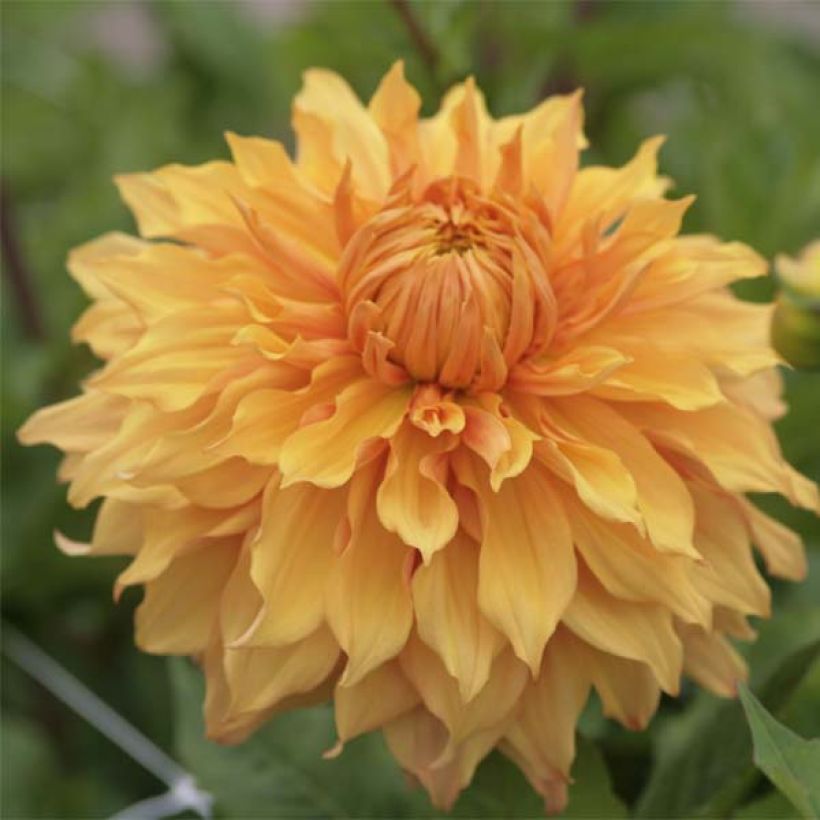

Plant habit
Flowering
Foliage
Botanical data
Dahlia
Hamari Gold
Asteraceae
Dahlia
Cultivar or hybrid
Other Giant Dahlia
Planting and care
Plant your dahlias in the spring in soil that has been deeply tilled and enriched, for example, with crushed horn or dehydrated blood. Place your tuber and crumble the soil well to fill in without any air pockets. Your dahlia should be covered with 6 cm (2in) of soil. At the end of planting, pour one litre of water. Water regularly during the first 6 weeks to help with rooting. Dahlias are sensitive to cold. They need to be overwintered. In November, the first frosts will blacken the foliage, that's the moment to dig them up. Carefully remove the tubers. Remove as much soil as possible. Let the foliage dry so that the tuber can replenish its reserves. When the foliage is dry, cut the stems 10 cm (4in) from the tuber. Spread your bulbs in a crate on newspaper. Store away from frost in a dry, cool, and dark place.
Planting period
Intended location
Care
-
, onOrder confirmed
Reply from on Promesse de fleurs
Dahlias
Haven't found what you were looking for?
Hardiness is the lowest winter temperature a plant can endure without suffering serious damage or even dying. However, hardiness is affected by location (a sheltered area, such as a patio), protection (winter cover) and soil type (hardiness is improved by well-drained soil).

Photo Sharing Terms & Conditions
In order to encourage gardeners to interact and share their experiences, Promesse de fleurs offers various media enabling content to be uploaded onto its Site - in particular via the ‘Photo sharing’ module.
The User agrees to refrain from:
- Posting any content that is illegal, prejudicial, insulting, racist, inciteful to hatred, revisionist, contrary to public decency, that infringes on privacy or on the privacy rights of third parties, in particular the publicity rights of persons and goods, intellectual property rights, or the right to privacy.
- Submitting content on behalf of a third party;
- Impersonate the identity of a third party and/or publish any personal information about a third party;
In general, the User undertakes to refrain from any unethical behaviour.
All Content (in particular text, comments, files, images, photos, videos, creative works, etc.), which may be subject to property or intellectual property rights, image or other private rights, shall remain the property of the User, subject to the limited rights granted by the terms of the licence granted by Promesse de fleurs as stated below. Users are at liberty to publish or not to publish such Content on the Site, notably via the ‘Photo Sharing’ facility, and accept that this Content shall be made public and freely accessible, notably on the Internet.
Users further acknowledge, undertake to have ,and guarantee that they hold all necessary rights and permissions to publish such material on the Site, in particular with regard to the legislation in force pertaining to any privacy, property, intellectual property, image, or contractual rights, or rights of any other nature. By publishing such Content on the Site, Users acknowledge accepting full liability as publishers of the Content within the meaning of the law, and grant Promesse de fleurs, free of charge, an inclusive, worldwide licence for the said Content for the entire duration of its publication, including all reproduction, representation, up/downloading, displaying, performing, transmission, and storage rights.
Users also grant permission for their name to be linked to the Content and accept that this link may not always be made available.
By engaging in posting material, Users consent to their Content becoming automatically accessible on the Internet, in particular on other sites and/or blogs and/or web pages of the Promesse de fleurs site, including in particular social pages and the Promesse de fleurs catalogue.
Users may secure the removal of entrusted content free of charge by issuing a simple request via our contact form.
The flowering period indicated on our website applies to countries and regions located in USDA zone 8 (France, the United Kingdom, Ireland, the Netherlands, etc.)
It will vary according to where you live:
- In zones 9 to 10 (Italy, Spain, Greece, etc.), flowering will occur about 2 to 4 weeks earlier.
- In zones 6 to 7 (Germany, Poland, Slovenia, and lower mountainous regions), flowering will be delayed by 2 to 3 weeks.
- In zone 5 (Central Europe, Scandinavia), blooming will be delayed by 3 to 5 weeks.
In temperate climates, pruning of spring-flowering shrubs (forsythia, spireas, etc.) should be done just after flowering.
Pruning of summer-flowering shrubs (Indian Lilac, Perovskia, etc.) can be done in winter or spring.
In cold regions as well as with frost-sensitive plants, avoid pruning too early when severe frosts may still occur.
The planting period indicated on our website applies to countries and regions located in USDA zone 8 (France, United Kingdom, Ireland, Netherlands).
It will vary according to where you live:
- In Mediterranean zones (Marseille, Madrid, Milan, etc.), autumn and winter are the best planting periods.
- In continental zones (Strasbourg, Munich, Vienna, etc.), delay planting by 2 to 3 weeks in spring and bring it forward by 2 to 4 weeks in autumn.
- In mountainous regions (the Alps, Pyrenees, Carpathians, etc.), it is best to plant in late spring (May-June) or late summer (August-September).
The harvesting period indicated on our website applies to countries and regions in USDA zone 8 (France, England, Ireland, the Netherlands).
In colder areas (Scandinavia, Poland, Austria...) fruit and vegetable harvests are likely to be delayed by 3-4 weeks.
In warmer areas (Italy, Spain, Greece, etc.), harvesting will probably take place earlier, depending on weather conditions.
The sowing periods indicated on our website apply to countries and regions within USDA Zone 8 (France, UK, Ireland, Netherlands).
In colder areas (Scandinavia, Poland, Austria...), delay any outdoor sowing by 3-4 weeks, or sow under glass.
In warmer climes (Italy, Spain, Greece, etc.), bring outdoor sowing forward by a few weeks.

































